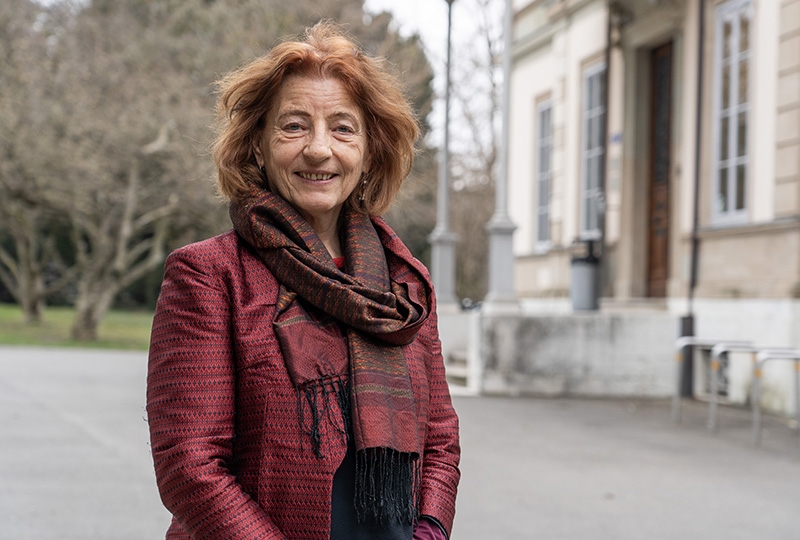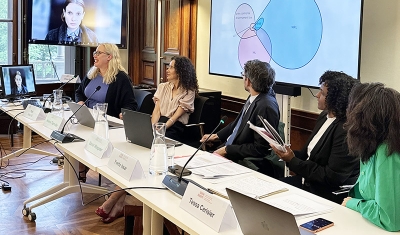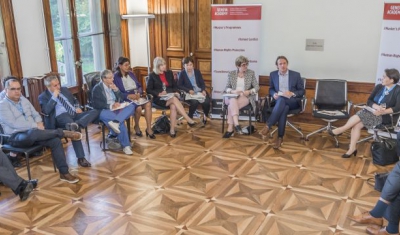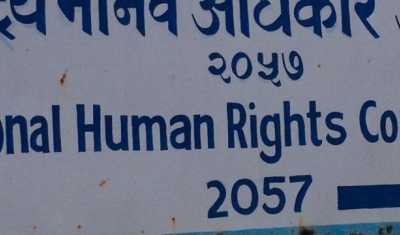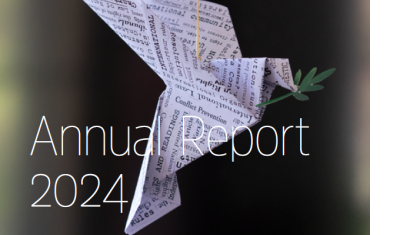How does our collaboration contribute to your work?
The collaboration with the Geneva Academy is based on this shared interest. We are both committed, in our respective fields, to developing solid conceptual approaches to the prevention and effective protection of populations against atrocity crimes, that builds upon existing norms and standards and integrates prevention and protection into the permanent public agenda, in concertation with civil society.
This collaboration is also very concrete, for example, the Geneva Academy recently supported the organization of a seminar with international experts on this issue, an event I had wished to organize for some time, but lacked the means to do so. I am immensely grateful to Paola Gaeta and to the Geneva Academy team for this support.
In this period of poly-crisis and the need to decolonize minds, ways of working and partnerships, the responsibility to protect is becoming a very relevant framework. For prevention to be successful, it requires ownership and an intimate understanding of the context, including its vulnerability and strengths. Prevention begins at home and no society is immune: discrimination, hate speech, structural and cultural exclusion, for example, happen everywhere, while the potential dynamics may be different in each context, depending on the resilience and vulnerabilities of each society. Prevention is also, by nature, a process. It requires exchange, dialogue, and a scientific understanding of each context, including the endogenous and exogenous factors at play and their interactions, as well as the identification of triggers and early warning signals. At the same time, it requires building dialogues and concerted efforts to formulate nationally led mechanism, policies and strategies. Ownership is ‘a must’ for prevention and protection strategies to become effective in anyway.
On another note, my office is in New York, but I live in Switzerland; this is an immense opportunity for a sustained dialogue between New York and Geneva, the capital of human rights and international humanitarian law. And the Geneva Academy is an integral part of this dialogue.


